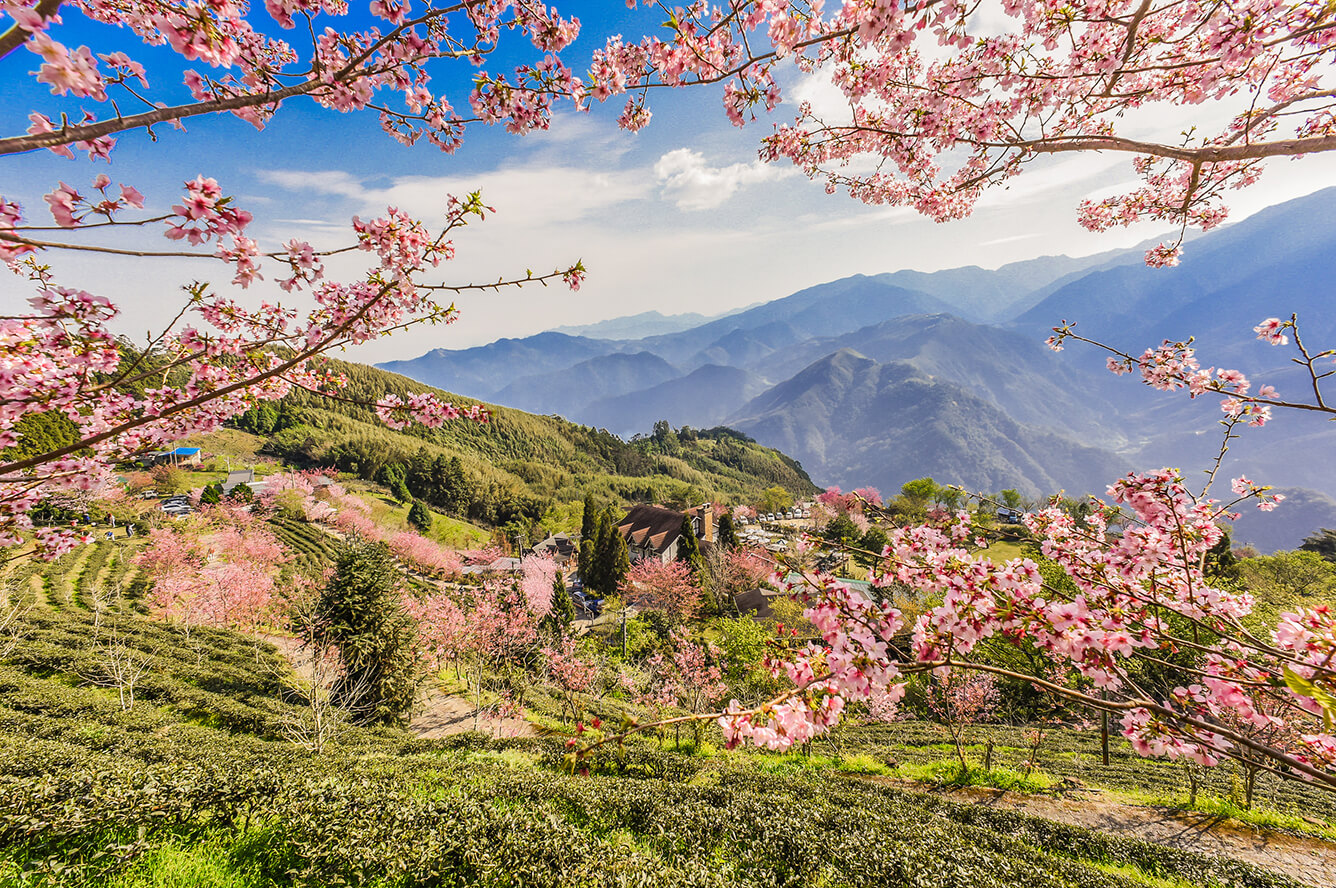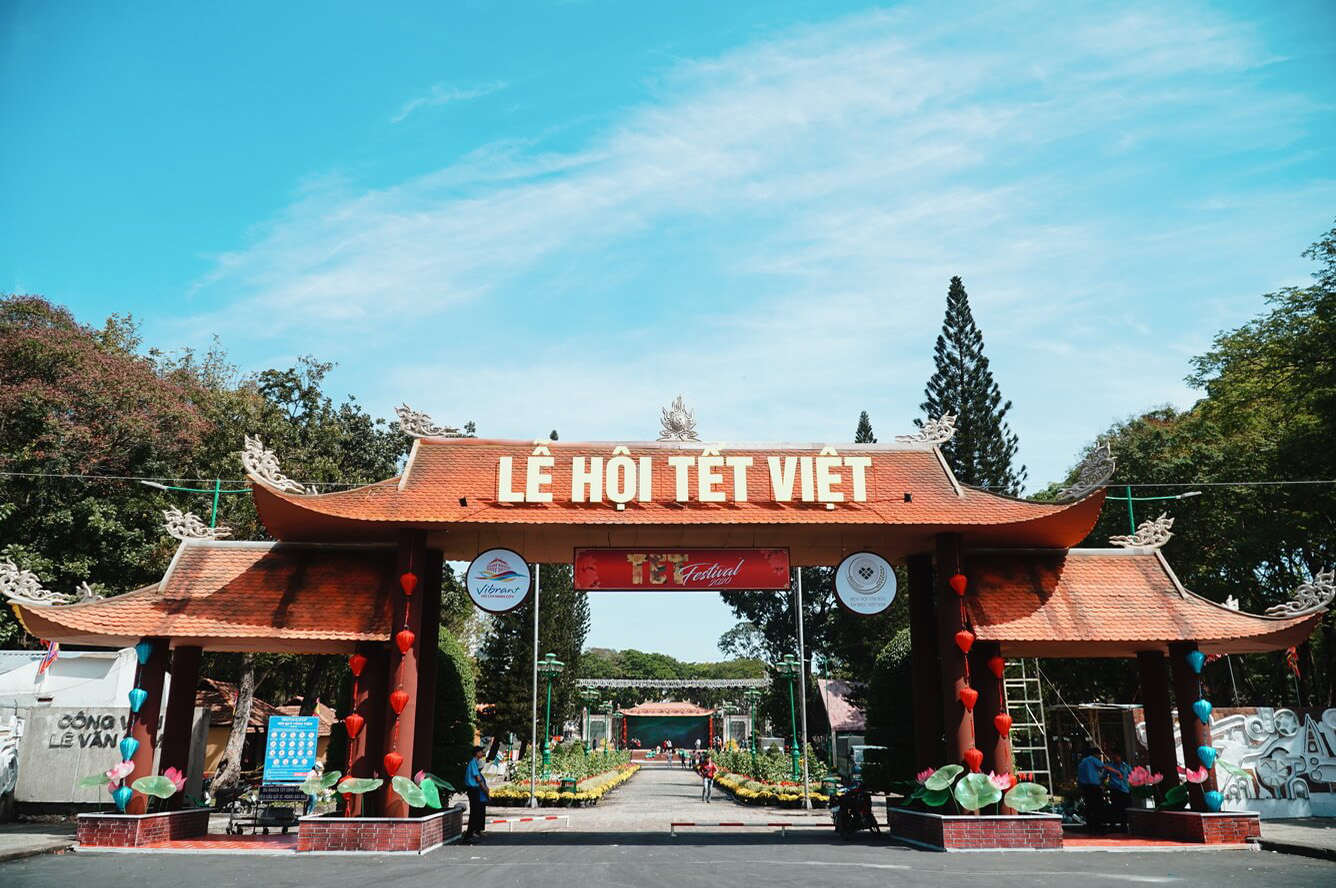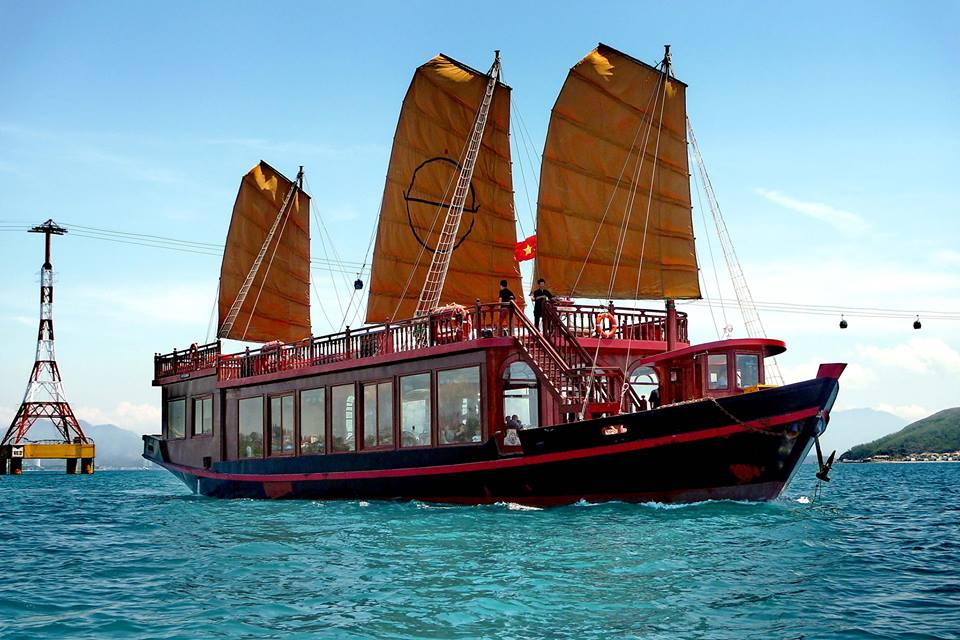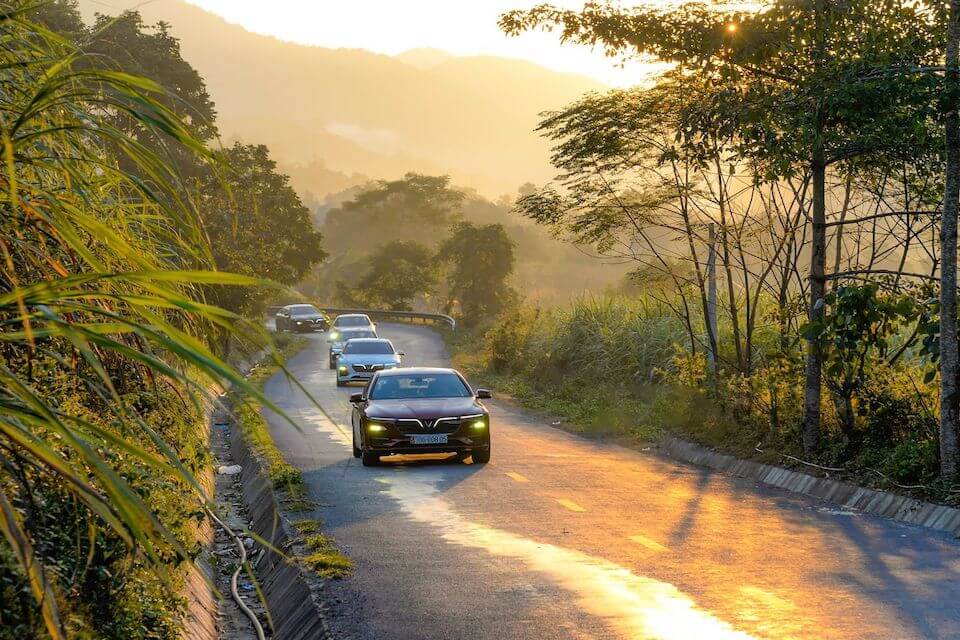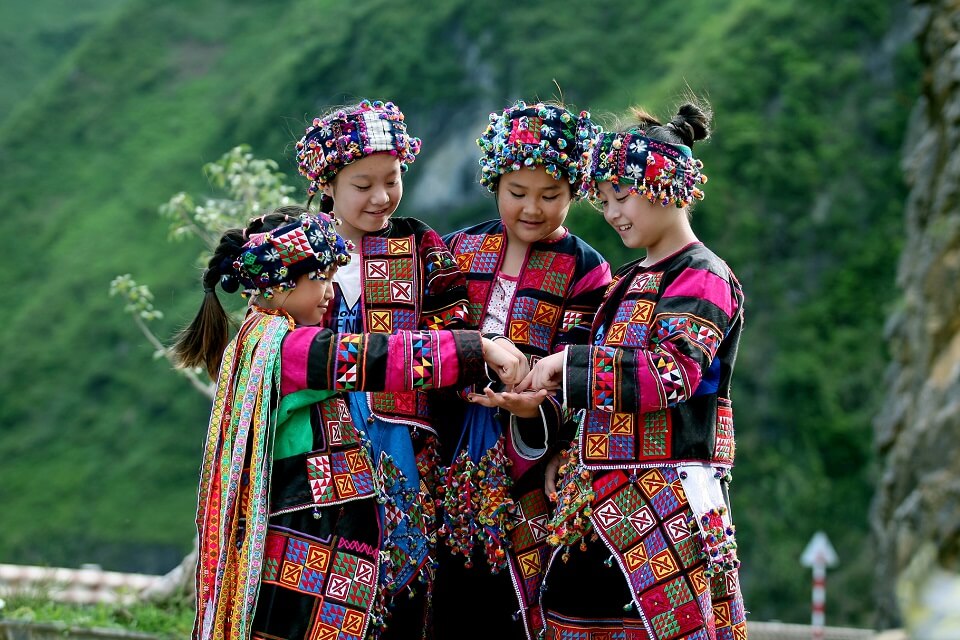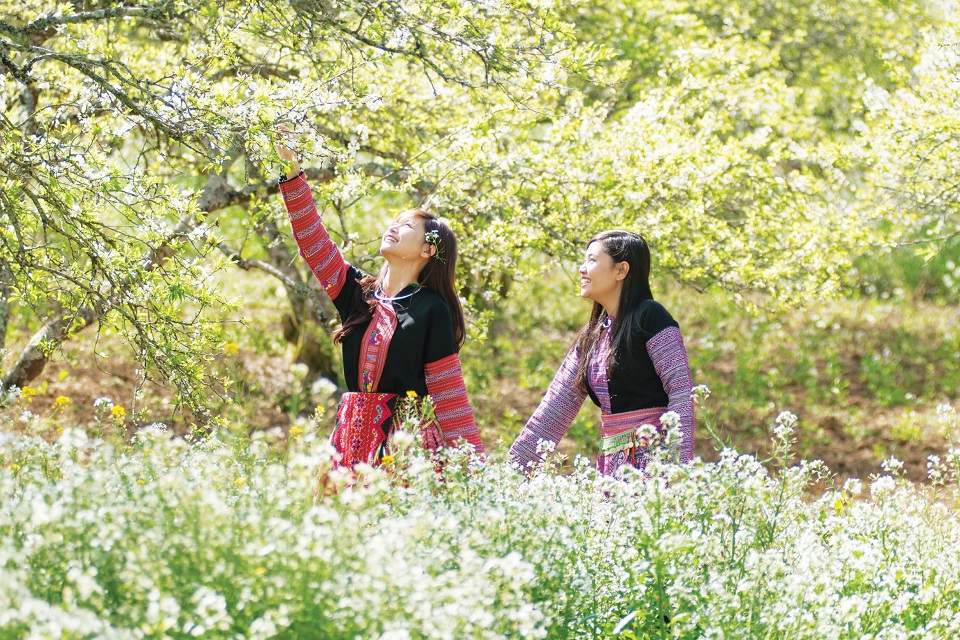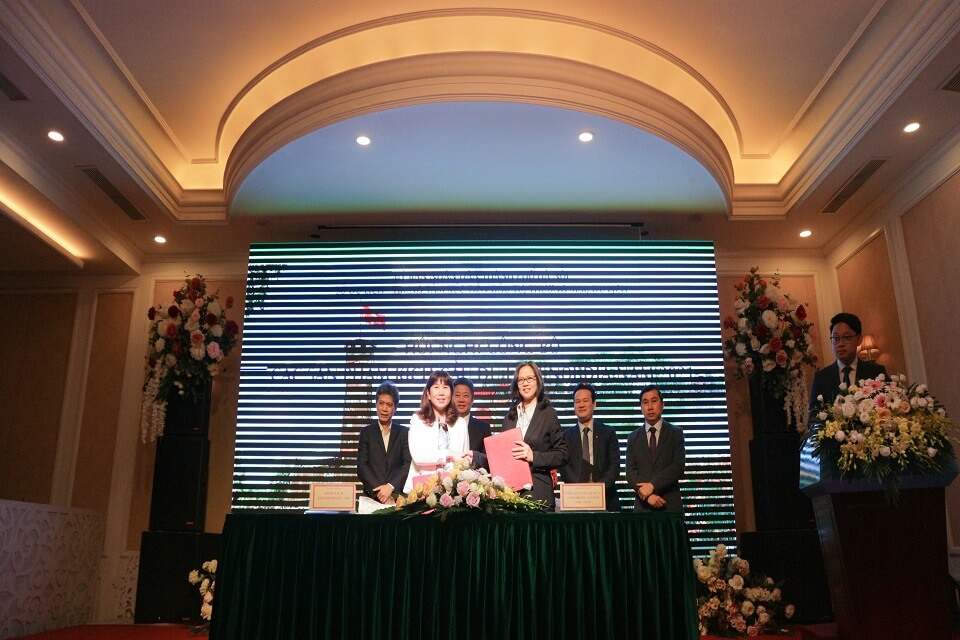Guide to Bagan, Myanmar
Built between the 9th and 13th centuries, Bagan is an archaeological paradise, with over 2,200 temples of varying shapes and sizes covering a dusty plain of 40 square miles! Take your camera. This landscape offers unrivalled vistas and uninterrupted panoramas that photographers dreams are made of.
There are also fewer restrictions than you’d expect for such an ancient historical treasure. Where else but Bagan can you scramble to the top of a 1,000-year-old temple for a view of the sunset? There are few barriers stopping tourists from climbing on the temples, no ‘please don’t touch’ signs and once you’ve paid the entrance fee (25,000 kyats for a 5-day pass), you can roam freely along the sandy paths exploring wherever you like, and climbing wherever you can.
Temple climbing: Soon to be a thing of the past
There are certain temples with barriers that are designated ‘sunset’ spots, such as Sweshadone and Shwegu Gyi Phaya. However, by far the most intriguing experience (for me at least) was to find a temple all to yourself from which to watch nature’s most magnificent nightly show!
However, there are reports that temple climbing will soon be banned due to the potential damage being done to these ancient treasures. This is also an attempt to be taken seriously and finally, get Bagan recognised as a UNESCO World Heritage site. Aung San Sui Kyi herself said that climbing the temples “will have a negative impact on the long-term sustainability.”
To still provide tourists with an elevated view of the site, the government plan to build man-made mounds at certain points amidst the temples, as well as a tethered ‘helium’ balloon (whatever that is!). We can’t help but agree that in order to preserve the monuments, banning climbing (at least at some of the more vulnerable temples) is really the only way forward for Myanmar as visitor numbers increase, however, we know that this unique experience for tourists will be lost forever… We’re so glad that we had the chance to experience it.
Where it all Bagan…
The city was once a home to up to 200,000 people and as you wander the ancient ruins today, you can’t help but imagine the vibrant communities that lived among the temples centuries ago and what a tremendous role they played in daily life and culture…
In 1287 the Pagan Empire finally fell after repeated Mongol invasions and in 1297, the Myinsaing Kingdom took over Upper Burma and Bagan ceased to be the capital.
Bagan Earthquakes and Restoration
Following a huge earthquake in 1975 (8 on the Richter Scale) some questionable restoration was undertaken by the Military Government during the 80s and 90s in an attempt to make Bagan a big tourist attraction. Some believe that the restoration, which was out of line with original architectural styles and used modern materials, was the reason why Bagan has since not been granted UNESCO World Heritage Site.
In 2016, another earthquake hit Bagan and 400 temples were badly affected. Ironically most of the damage done affected the new restoration works that art historians and archaeologists had been so critical of. Some say that the earthquake was a blessing for the site in the long run, as it now gives chance for more accurate restoration to take its place. Currently, you will see that many of the temples are covered with bamboo scaffolding and we’ve yet to see the latest preservation work.
Where to stay in Bagan?
Old Bagan is where the majority of temples can be found, as well as some restaurants and hotels, which tend to be on the expensive side. If you want to stay as close as possible to the main temples and not have far to travel to the historical site, then this is your best bet.
New Bagan was apparently built to resettle the population from Old Bagan to make way for the tourist development in this area. It’s where the majority of cheaper backpacker guesthouses can be found and has a few temples dotted around, but not as much atmosphere as Old Bagan.
Nyaung U is where the transport links are located (airport and bus station) and a variety of accommodation, from mid-range to luxury, with some excellent deals to be found on hotels, especially during low season. There are also some big posh hotels located on the road from Naung U to New Bagan.
How to explore the temples of Bagan?
Exploring by bicycle: 1,000 Kyat / Day – Renting a bicycle is one of the easiest ways to see the temples, both the famous ones and others with only a local name that are not mentioned on the map. Most of the temples are connected by sandy paths that offer your calves quite a workout (as well as your balance). Bicycles can usually be hired from your hotel/guesthouse or from Nyaung U or New Bagan for around 1,000 Kyat. Be warned that blazing sun though, make sure that you drink lots of water and wear a big sun hat!
Exploring by Ebike: 5,000 Kyat / Day – Ebikes are basically electric motorbikes, and as foreigners are not allowed to ride around the temples with a petrol bike, these scooters are the way to go in Bagan. They’re easy to drive and reach up to 50km, so they’re great if you’re staying a bit further out, or you want to see as many temples as you can in a limited amount of time.
Hot Air Balloon: $300 USD+ for a sunset ride – For a total bird’s eye view of all of the 2,200 temples in Bagan, you could treat yourself to a once in a lifetime hot air balloon ride. Prices range from $280 – $380 USD / per person and you should book in advance during the balloon flying season which runs from 10th October – 10th April each year. There are 8-12 passengers per balloon and the flight lasts one hour.
Exploring by horse and cart: 10,000 Kyat / Day – Some people hire an authentic horse-cart with driver for 10,000 / day to take them around the temples which make for a surreal, ‘out of this century’ experience! (We’re not really into working animals, full stop, but we don’t know much about horses either, so make your own mind up).
Tips and Information for visitors to Bagan:
The cost is 25,000 Kyat (approx. $18 USD) for a pass to explore the temples at your own leisure for five days. The ticket booth is located on the road from Nyaung U to New Bagan and your ticket will be checked at most of the larger temples, but not the smaller ones.
Don’t miss sunrise or sunset!
At sunrise and sunset, the landscape of Bagan is unmissable. Perch yourself atop a lonely temple and watch nature’s best performance over one of the most incredible landscapes in the world.
What to wear?
Although not all of the temples are used for active worship today, you must remember that the temples are sacred Buddhist buildings and you should dress like you are visiting any temple. Shoulders should be covered, so men wear a t-shirt rather than a vest, and women can cover their shoulders with that ever-versatile sarong. Short shorts are not allowed and shoes (and socks!) must be removed before entering any temple. However, you can keep your shoes on on the sandy paths and dirt tracks as you are riding from temple to temple.
Can you climb the temples?
Whilst sat upon one such lonely temple ourselves a few weeks ago in Bagan watching the sunset, we experienced a local policeman walk right up to the temple and take a photo of our mugs! We felt anxious that we had unknowingly broken a rule and that we shouldn’t have climbed the temple after all. (Despite the fact that we’d seen many people climbing the temples, big and small, all across the area.) After some research on the internet later, we discovered that temple climbing is not YET banned, but that it soon will be. Check the situation when you arrive and make sure you don’t break the rules whilst you’re there. The Burmese take their religious rules seriously, as this article about a Russian Tourist jailed for wearing her shoes at the temples, shows.
Interact with locals:
One incredible fact about Bagan’s temples is that locals still live amongst the ruins. Local families are paid a modest stipend by ‘patrons’ from Yangon and elsewhere to look after certain temples. They are the best tour guides around (though you may have to buy a postcard or two!).
Guide to Bagan’s Main Temples:
This huge sandstone temple, nicknamed “The Westminster Abbey of Burma” has undergone recent restoration work after the earthquake of 2016. The temple was designed with a strong Indian influence and has an enormous Buddha at each side of the temple, facing north, south, east, west. The walls are adorned with murals of thousands of Buddha images that makes you marvel at the thought of how much work and how many hands went into producing them. As this is one of the bigger and most visited temples in Bagan, expect more crowds and street sellers. (You cannot climb this temple).
Shwezigon Pagoda (Paya) – 1102 AD
This huge gold-leaf gilded temple is located in the village of Nyaung U, with several local restaurants and market stalls around. (It looks similar to Shwedagon Pagoda in Yangon). The temple is believed to house the relic bone and tooth of Siddartha Gautama, the Buddha. There’s a huge gate guarded by two stone lions that leads up to the temple, and you’ll have to pass through shops with some persuasive vendors to get to the actual entrance. Don’t believe anyone who tells you that there’s a fee to park your Ebike, there’s not.
Dhammayangyi Temple – 1170 AD
The largest temple in Bagan is the one that some people believe is haunted. Well, we didn’t see any ghosts while we were there, but there was a very peculiar smell and hundreds of bats! The stories stem from the temples mysterious bricked-up inner passages and chambers, which to this day, nobody knows what’s inside. It is believed that King Narathu (who built the temple) did so to atone for his rather drastic sins, that consisted of smothering his father and brother and executing his Indian Princess wife for practising Hinduism in secret. Some believe, though I couldn’t possibly comment, that his relatives are buried in the inner sanctum of the temple. Due to its bad karma, Dhammayangyi is the only main temple in Bagan that does not have a restored spire on the top. Rumours have it that the spire kept falling off during restoration to the evil spirits inside the temple, so eventually, it was just left alone.
Bigger isn’t always better…
Fancy a short trek?
Best experienced at sunrise or sunset, this relatively easy one-hour hike takes offers incredible views all over Bagan and the Ayerwaddy River. At the top of the hill, there’s peaceful golden pagoda called ‘Tu Yin Taung’. Along the way, you’ll pass by a huge ancient stone well with an intricate swastika carved into the walls, one of the many unknown archaeological treasures of the area. The hike is currently completely unknown to tourists to Bagan.
Getting to Bagan
Plane: From Yangon, you can book flights with Bagan Airways or Yangon Air which land at nearby Nyaung U Airport.
Source southeastasiabackpacker

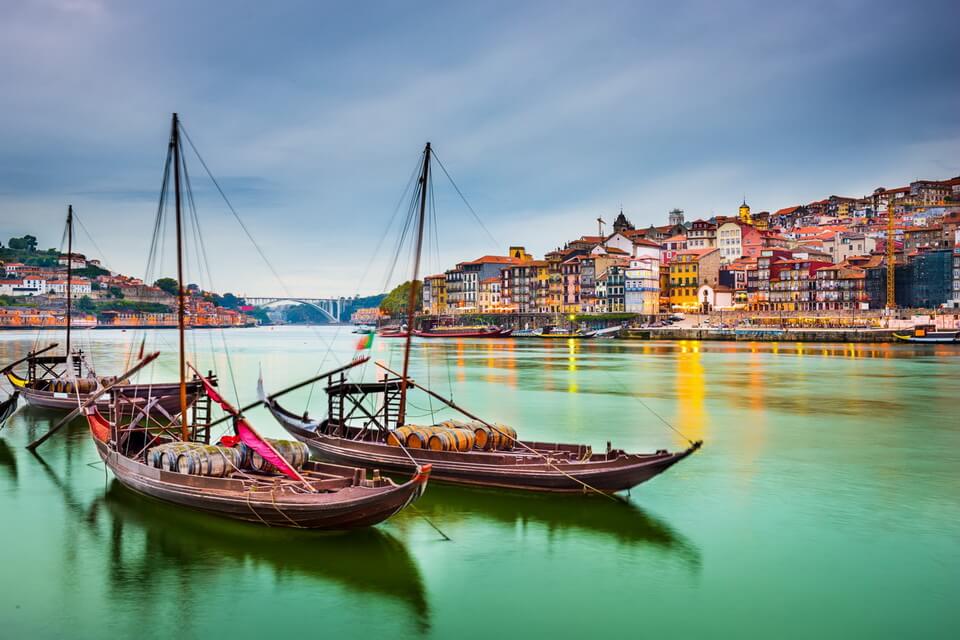
Benefits from investment for overseas settlement

New experiences for travel in Taiwan
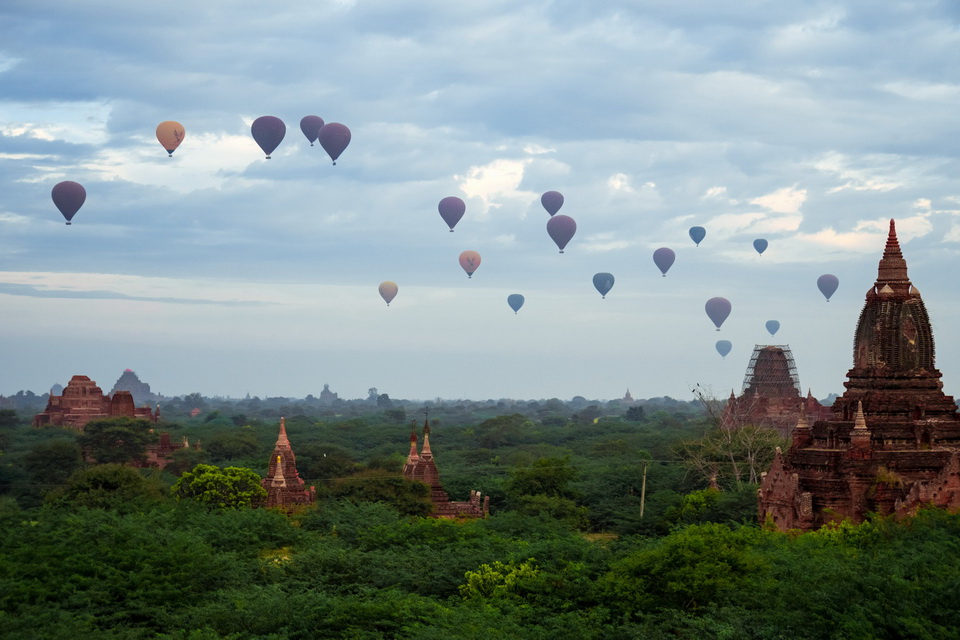
Exploring the ancient city of Bagan
Living a farmer’s life in Ibaraki Prefecture
Let’s live with farmers from the Hiroura Rural Experience Promotion Association in Ibaraki Town!
From cherry blossoms to nemophila, spring in Ibaraki is the season of flowers
Spring is the season of flowers blooming everywhere. This article would like to introduce the places ...
What's so special about experience tours in Ibaraki?
Ibaraki Prefecture is easy to reach from Haneda Airport or Narita Airport. It takes about 90 minutes ...
Where to see the most spectacular Cherry blossoms in this Spring
Spring is here, and so is the countdown to one of the most beautiful blooms of the year: Cherry blos ...
Tet and others spectacular festivals around the world in January 2020
In January 2020, Tet festival in Vietnam and others spectacular festivals around the world are color ...
The best Christmas drinks from around the world
Boozy, warming, and very indulgent – what more do you expect from a Christmas cocktail? Try one of t ...







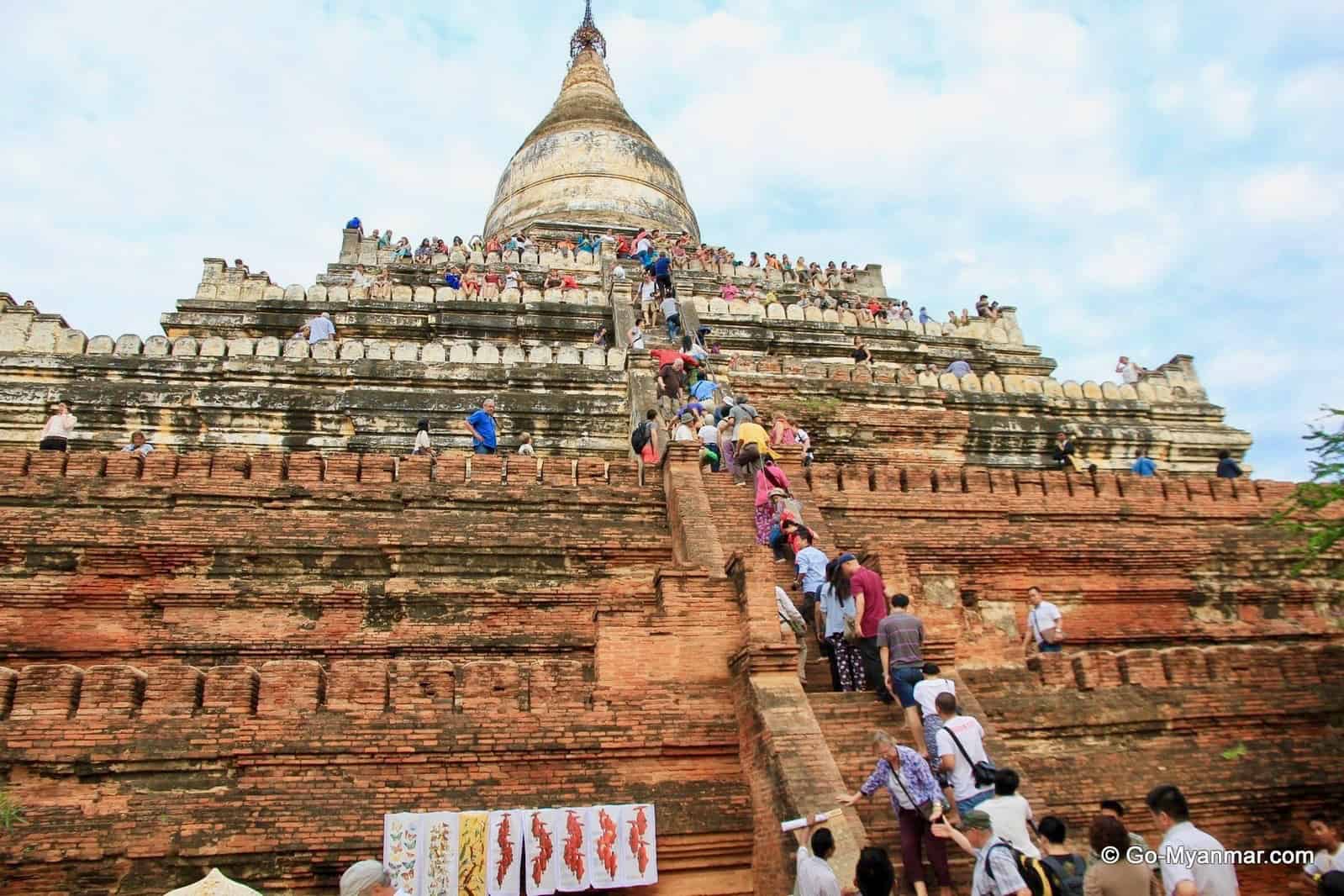

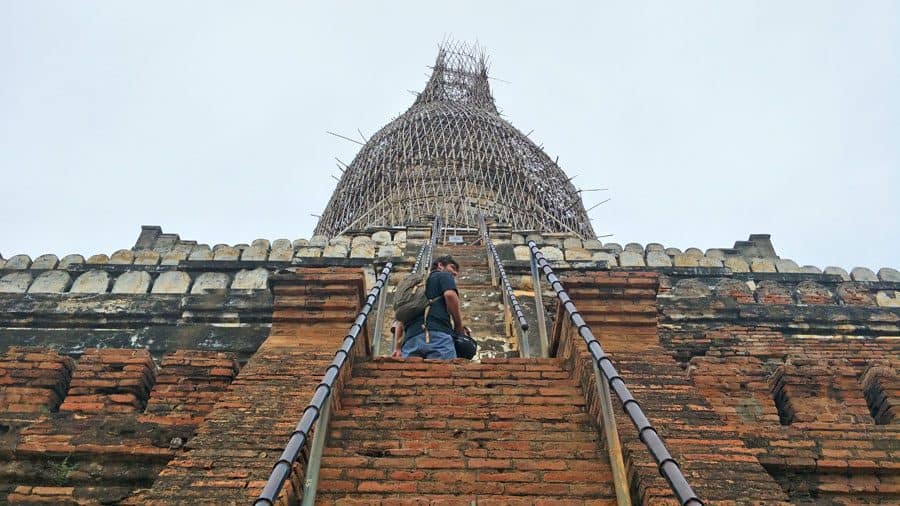
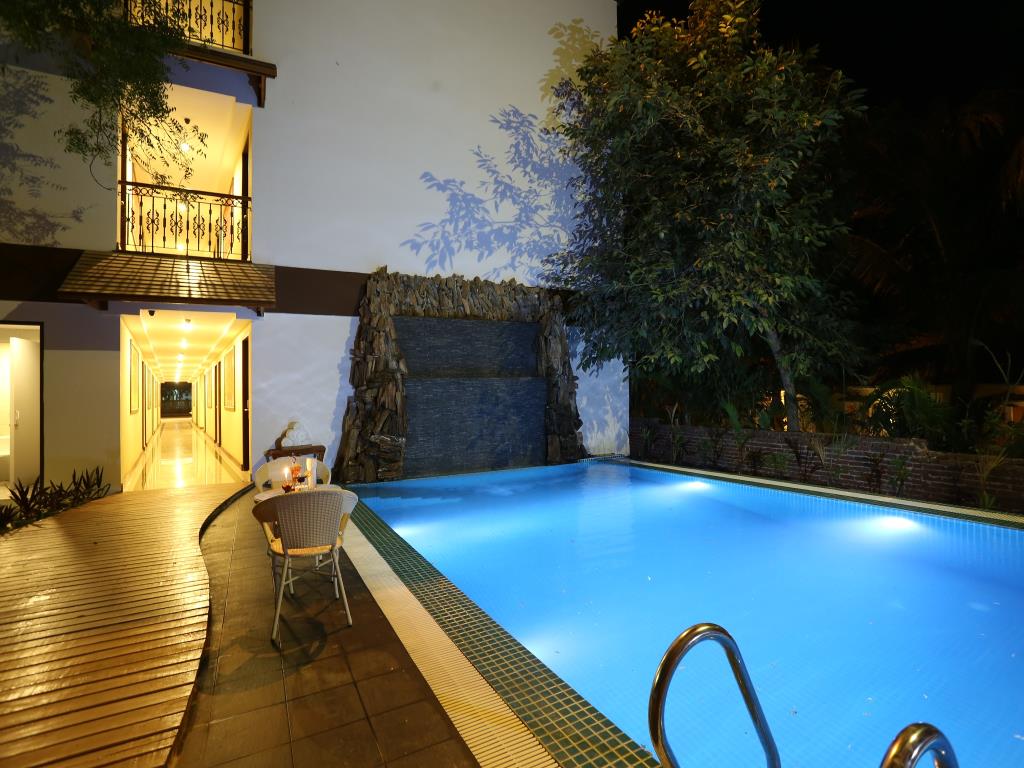
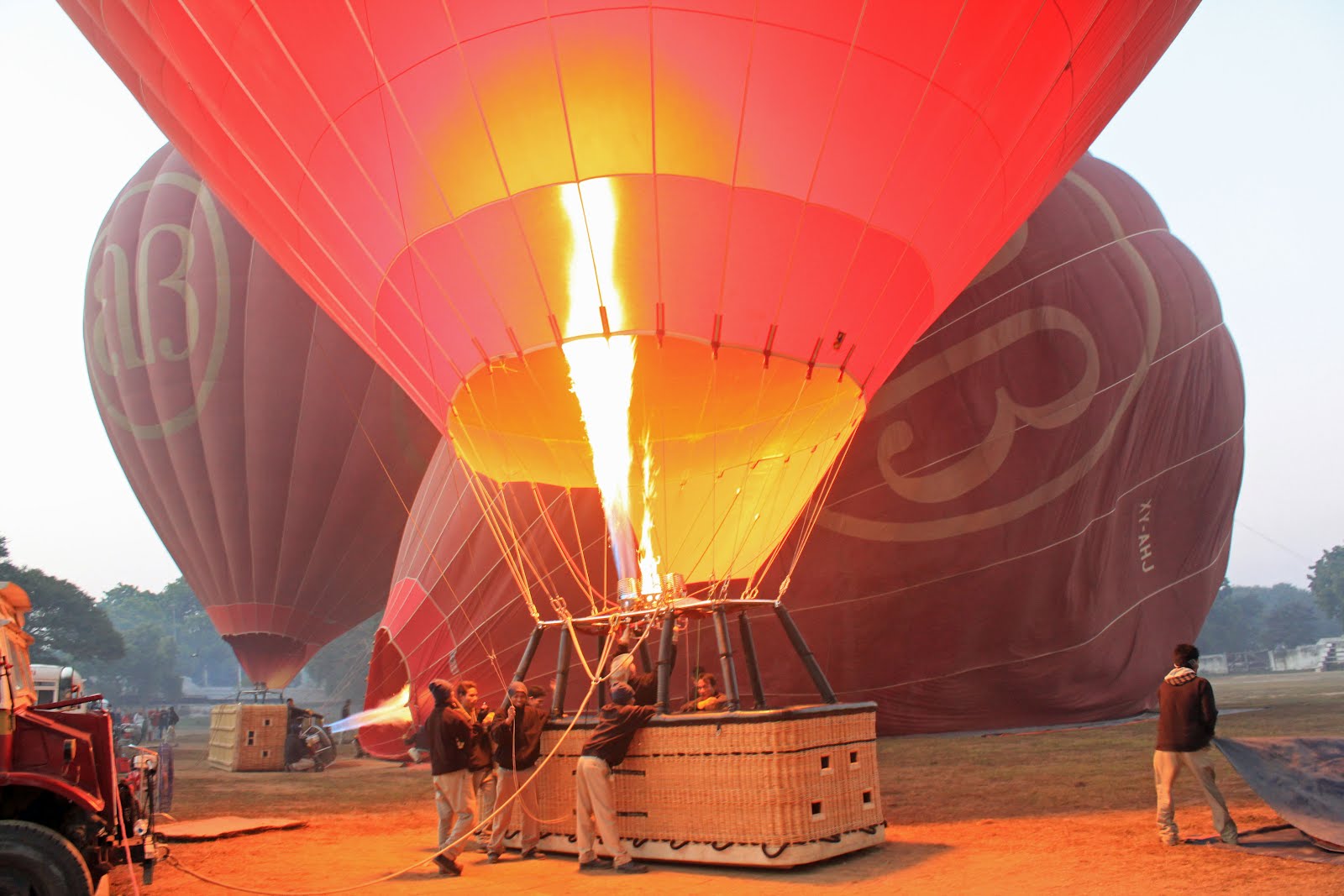

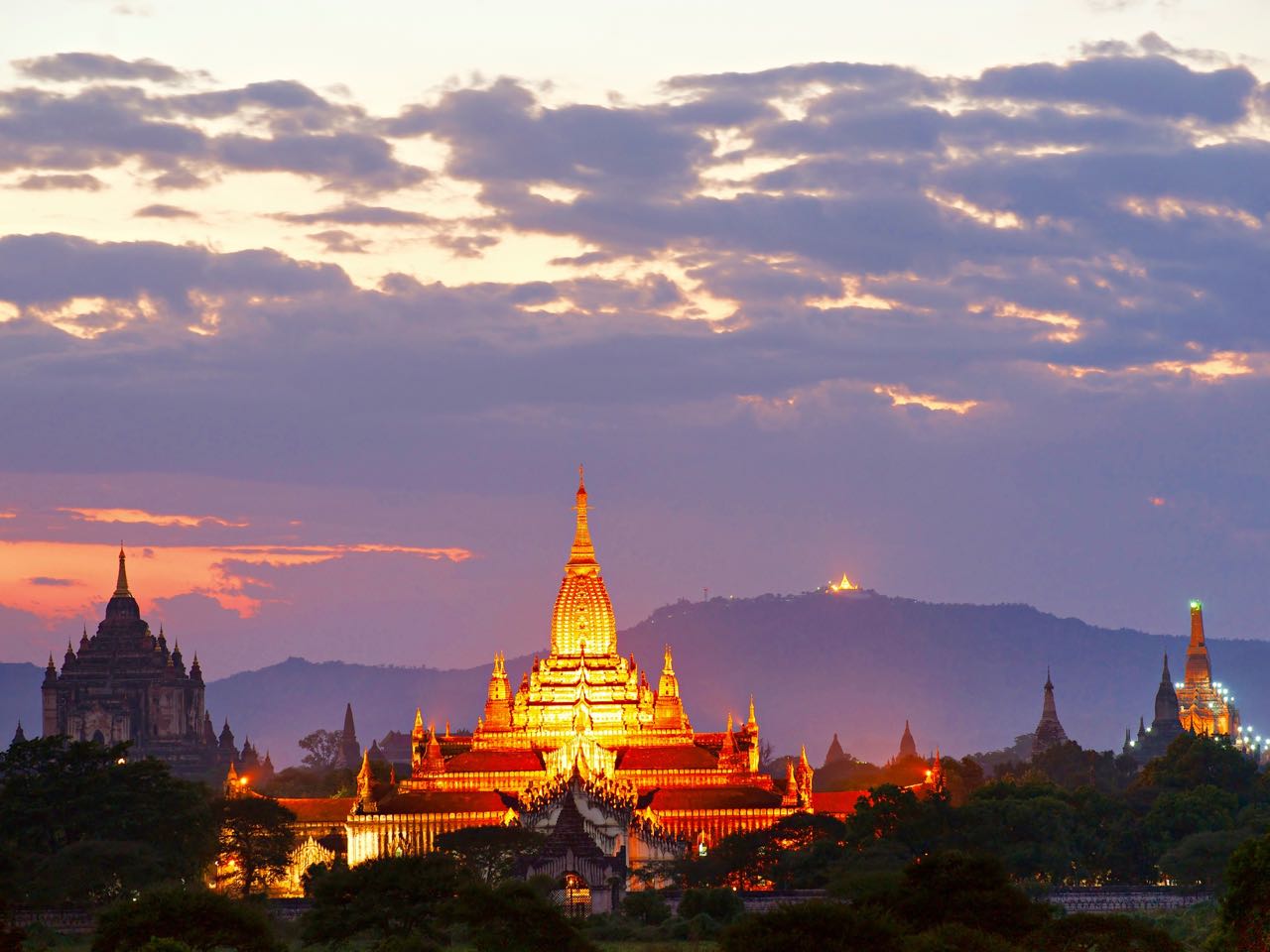
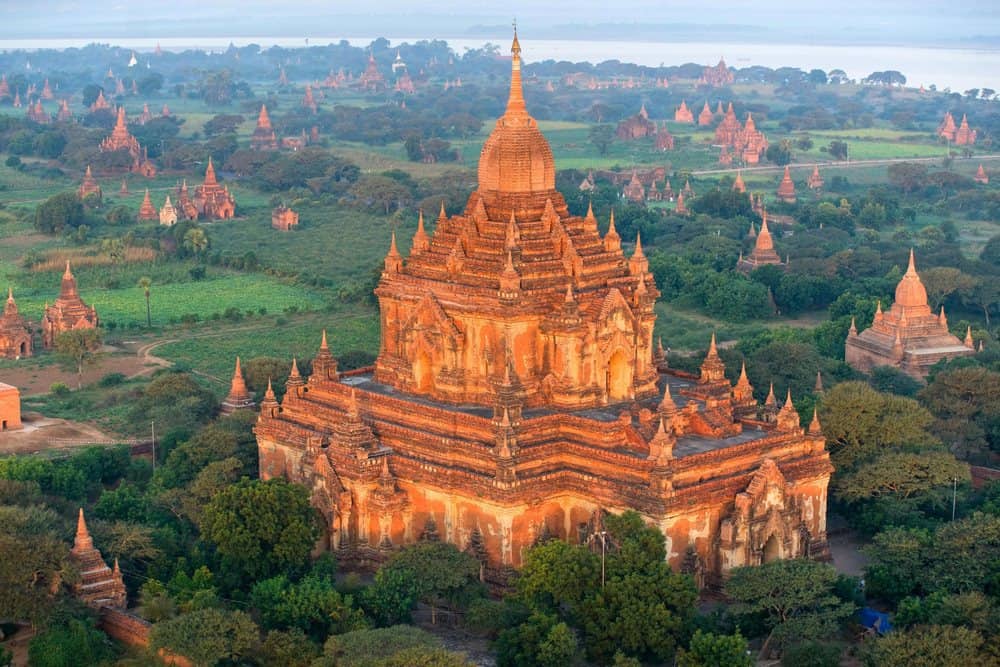
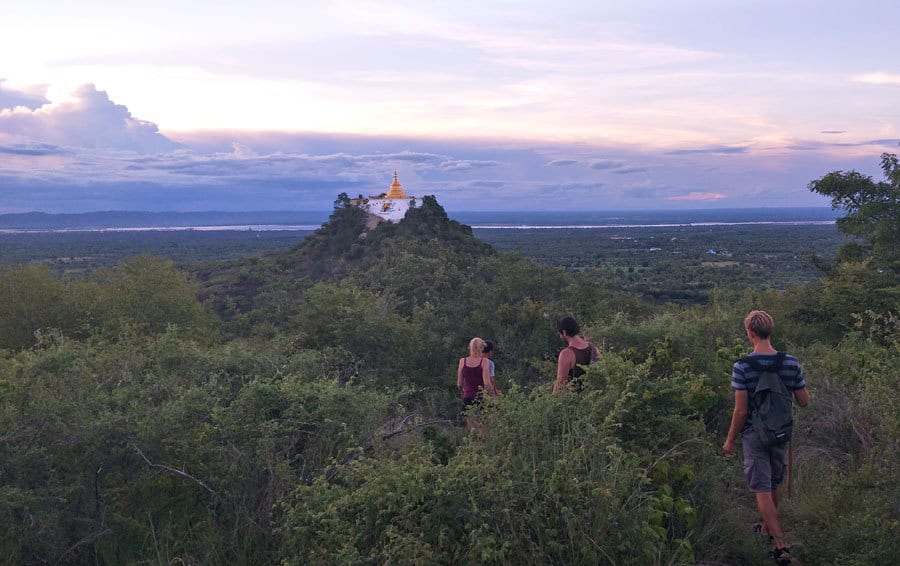

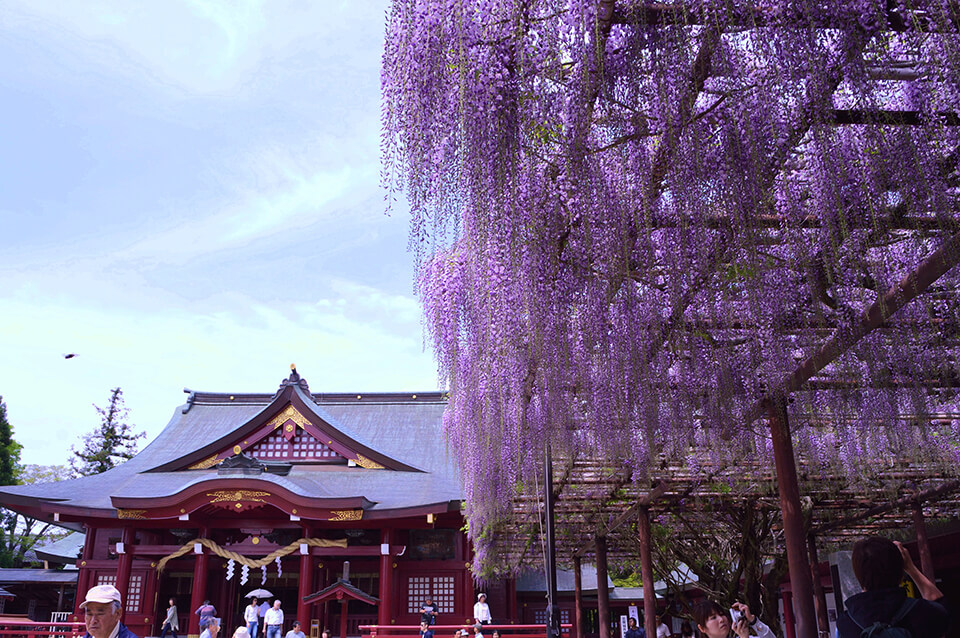
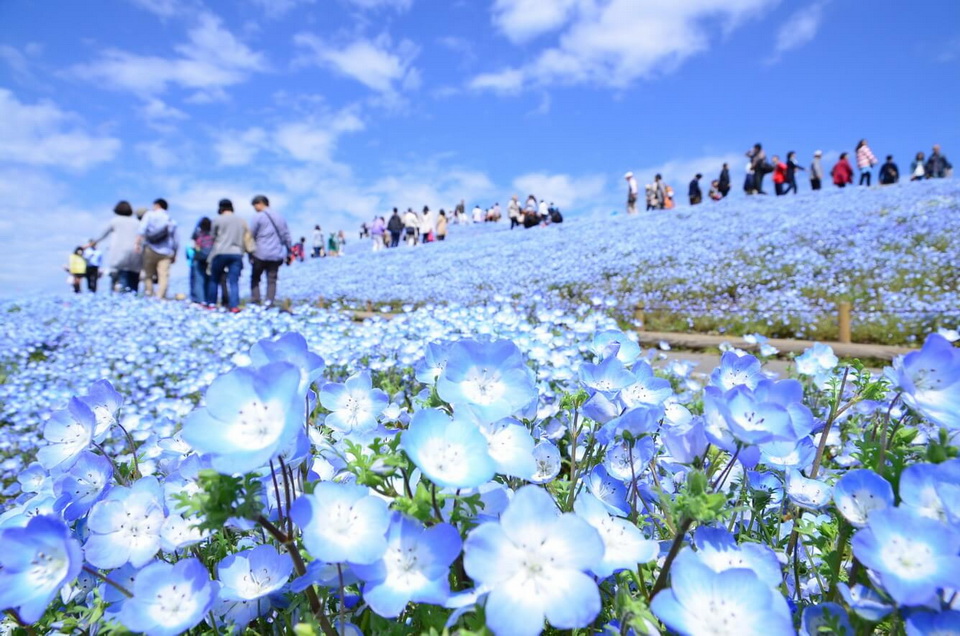
 (1).jpg)
